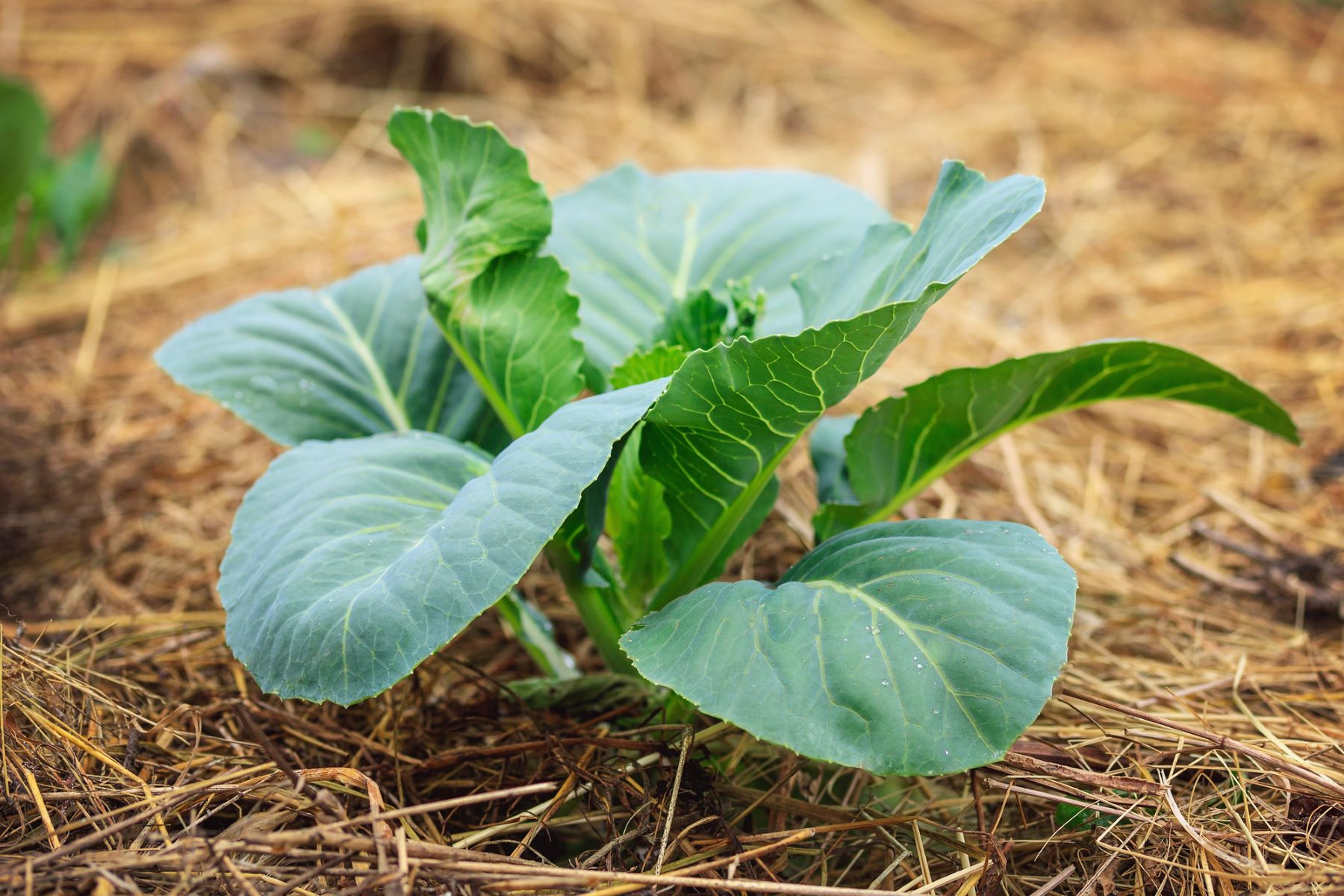The A high salinity in the soil is a result of several factors including climate change, land use variation, pollution of substrates, lack or excess of precipitation and even the influence of species on soil. ecosystemswhich provides important guidelines to improve the resilience of species similar to this phenomenon.
UAB researchers have identified this two divergent adaptive responses to high soil salinity in the populations of the same wild species present on the coast of Catalonia, Brassica fruticulosa, and have determined the genes involved.
Combating salinization ‘naturally’
The research will help investigate how improve the resilience of agricultural species from the same plant familysuch as rapeseed or mustard, in the face of a stressor of global importance such as soil salinization.
The study was published in the journal Proceedings of the National Academy of Sciences (PNAS) and was signed by researchers from the UAB Plant Physiology Unit Sílvia Busoms, Glòria Escolà and Charlotte Poschenrieder, together with researchers from the University of Nottingham (United Kingdom). , the Max Planck Institute of Biology (Germany) and the Charles University of Prague (Czech Republic).
In recent years, UAB researchers, working closely with members of the University of Nottingham, have developed a study model along the Catalan coast to understand the interaction between environmental factors such as salinity and water balance. adaptation of wild populations of the brassica family.

They have developed several studies focusing on populations of Arabidopsis thaliana, a model organism for biological researchbut in this case they have focused on Brassica fruticulosa, a species that is genetically and morphologically closer to culturable brassicas such as oilseed rape (Brassica napus) and mustard (Sinapis alba).
The research they have now published has allowed them to show that coastal populations of B. fruticulosa in Catalonia use two different strategies to tolerate soil salinity: those in the north (Cap de Creus region) are able to to exclude through the roots and thus preventing it from accumulating in the above-ground portion and causing damage.; Those in the middle, on the other hand, transport sodium to the leaves but use efficient osmotic adjustment and compartmentalization mechanisms that allow them to tolerate high concentrations of this compound.
The fact that two populations of the same plant species so geographically close evolved differently under the same environmental stress has surprised researchers. “In general, this is expected in all organizations species that have adapted to similar environmental conditions evolve in a similar way.
Although in our case the soil salinity in the coastal habitats of the Catalan coast can be considered as the main selective agent, there must be other factors that have changed the recent evolutionary process of these Brassicaceae,” says Sílvia. Busoms. This divergence in such closely related plant populations has been very rarely described, not so much because it is an exception, but because In many cases the studies have been conducted on a macro scale.
The Tramuntana can explain the difference
In their work, the researchers studied in detail the characteristics of the soil and the climatology of the populations in each region, and the only parameter that showed significant differences was evaporation, higher in the north due to the north wind that blows regularly.
“When there is high evaporation, plants absorb more water and at the same time more sodium, if they do not have mechanisms to exclude this. That’s why the strategies used by the plants in the center may be insufficient under conditions on the north coast.
In the study, we hypothesized that the northern B. froticulosa, despite being neighboring populations, have evolved differently to survive. tolerate high salinity in environments with high evaporation», explains Charlotte Poschenrieder.
To characterize the genomic basis of the two identified adaptive strategies, the researchers first created the reference genome of B. fruticulosa, a fact that will contribute to the expansion of the catalog of reference genomes of eukaryotic species that live in Catalan-speaking areas (within the Earth Biogenome Project) and will enable new research with this species.
Subsequently, the sequencing of 18 populations and subsequent genomic and transcriptomic analyzes allowed the two strategies to be validated and propose candidate genes involved in salinity tolerance mechanisms.
Salinity is an increasing threat to the planet’s agricultural soils and its consequences are greater when it affects depleted soils such as those of the Mediterranean. A better understanding of the salinity tolerance mechanisms using plants that live in the basin and have adapted to these conditions is essential to improve the resilience of cultivars that have to adapt to new environmental conditions.
“This work therefore establishes B. fruticulosa as a promising source of desirable alleles, and the population diversity present in Catalonia as a powerful model for the study of the adaptations to soils with high salinity», the researchers conclude.
The different reactions that plants of similar species can have adaptation or means to better tolerate certain events, such as salinity in this caseis something that interests and inspires scientists.

